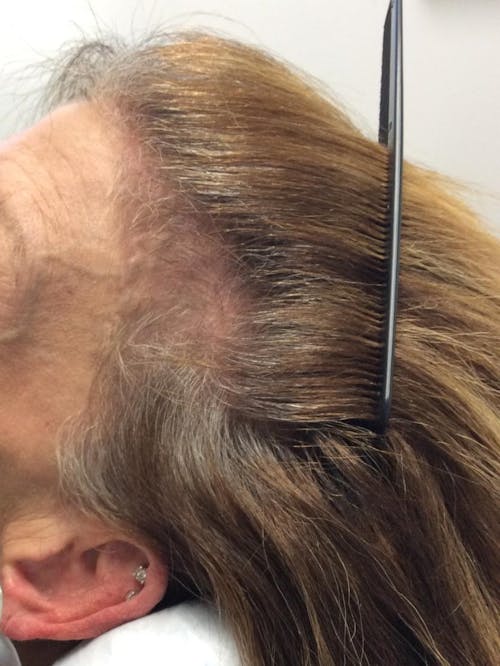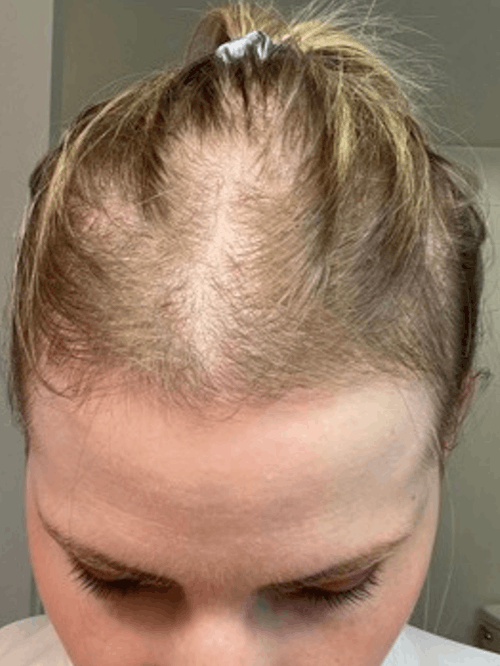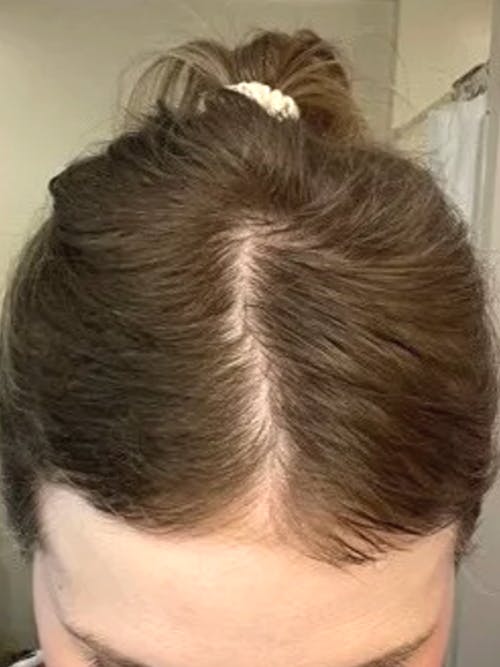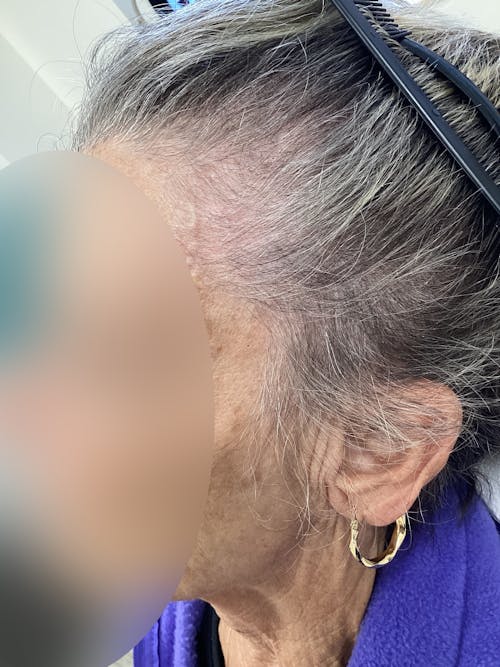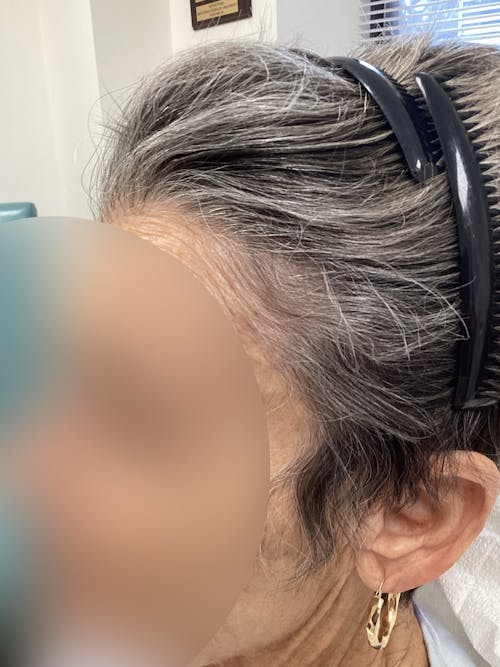The second most common form of hair loss, Telogen Effluvium (TE) affects people after they experience severe stress or changes to their body. While it can happen to anyone, it’s most common in women between the ages of 30 and 60.
How the Hair Cycle Works
In general, hair has three stages of growth and loss:
- Anagen (growth), the most active stage of your hair growth cycle.
- Catagen (transition), a transitional stage of the hair growth cycle.
- Telogen (resting), the resting stage of your hair growth cycle.
The hair follicles are not in the same stage at the same time, and a Telogen Effluvium hair loss occurs when a greater proportion of hairs are in the telogen phase than normal. After experiencing a stressor or change to your body, up to 70 percent of your hair in the anagen stage may prematurely enter the telogen phase, which is what can cause the rapid and excessive shedding associated with Telogen Effluvium. This hair loss usually occurs three to six months after the stressor occurred.






